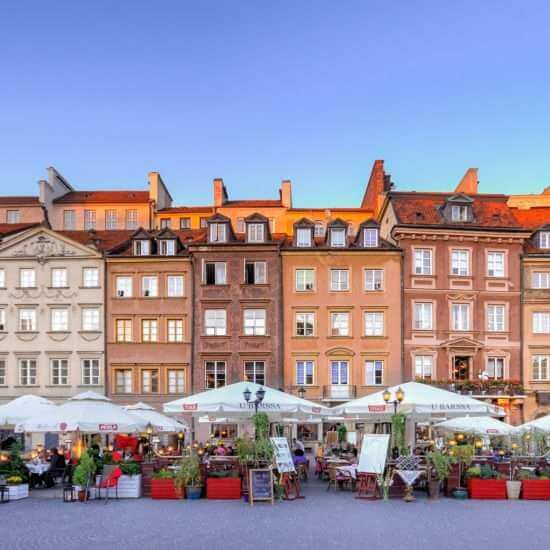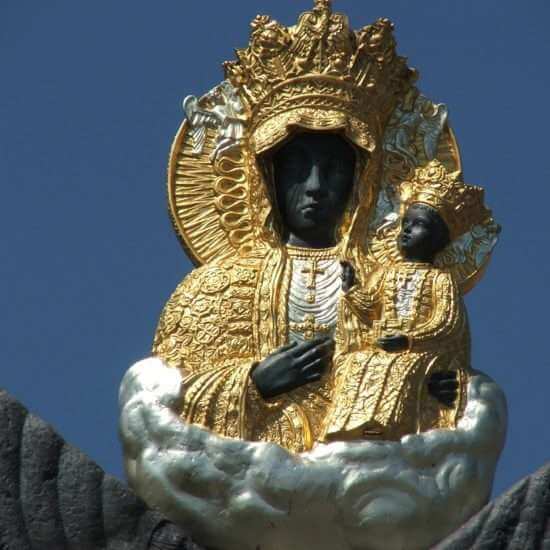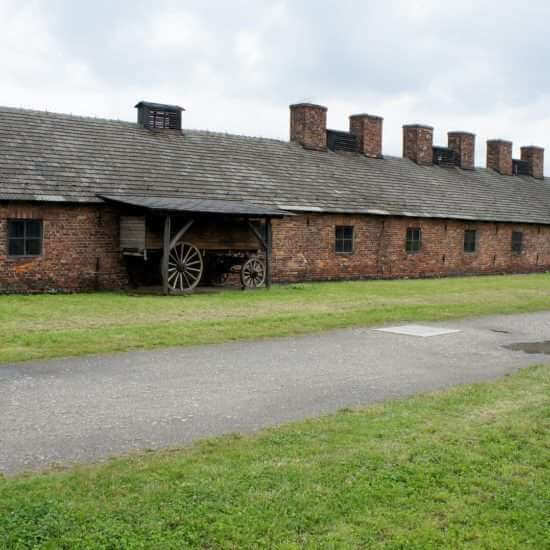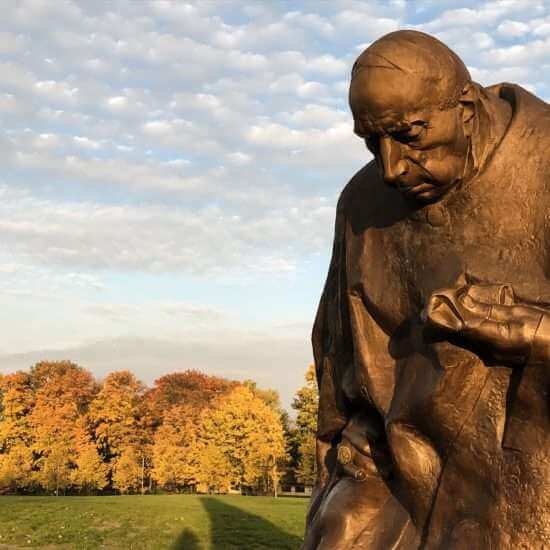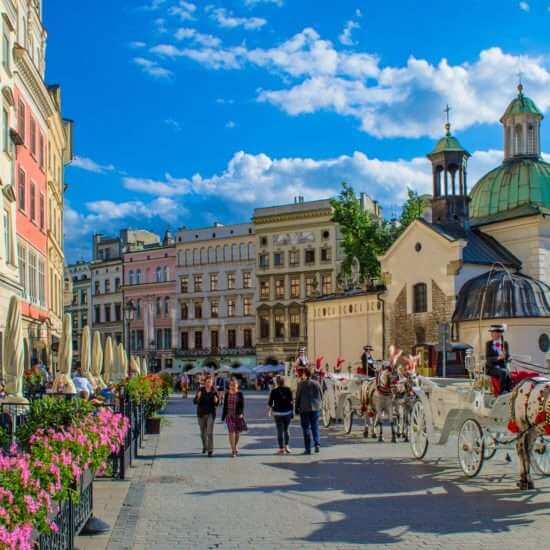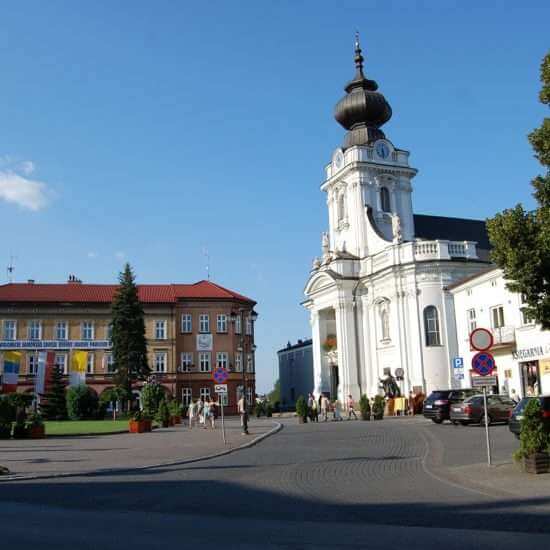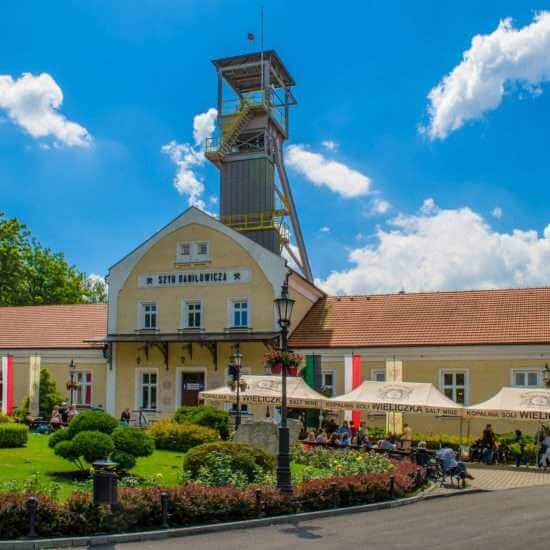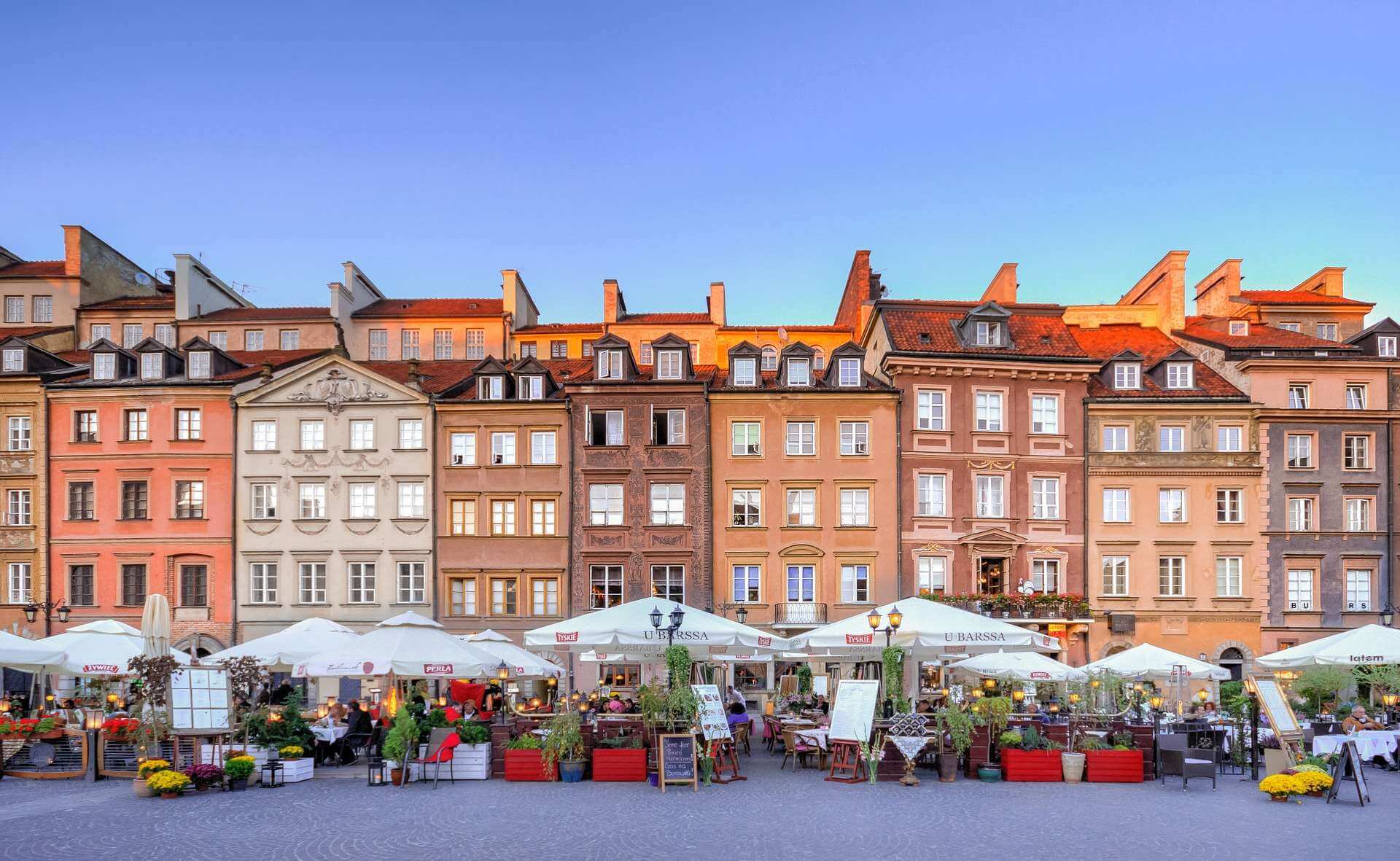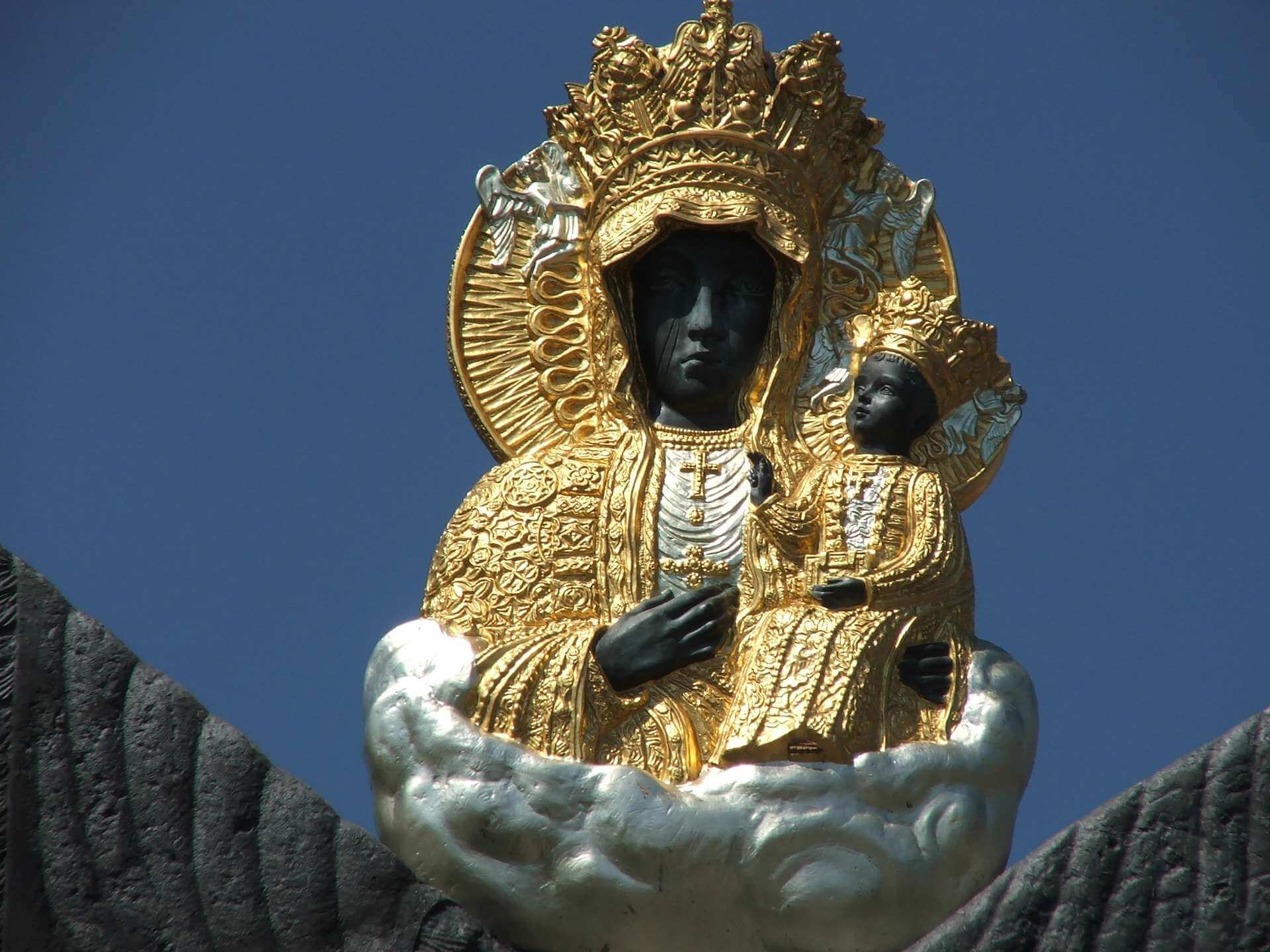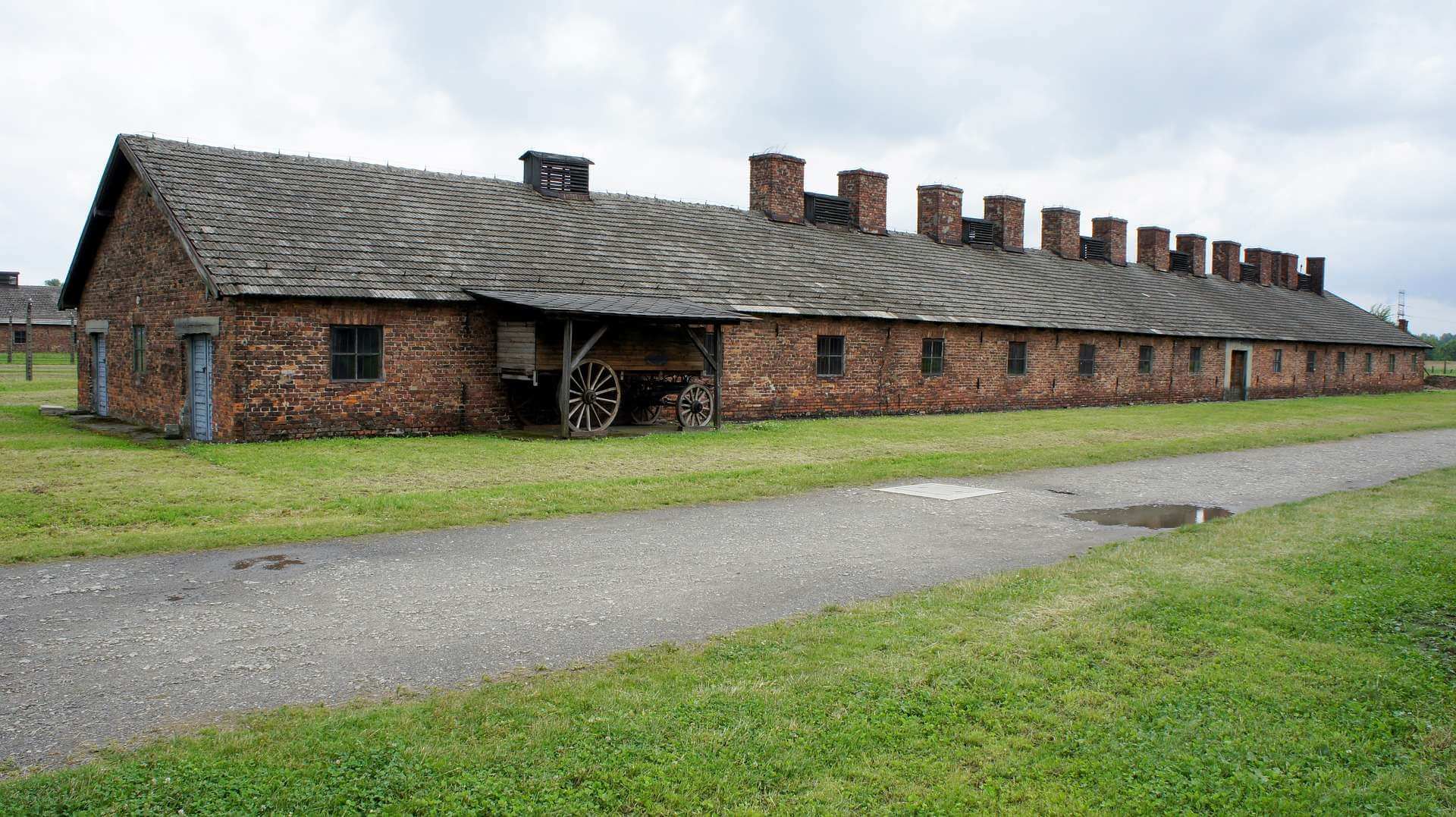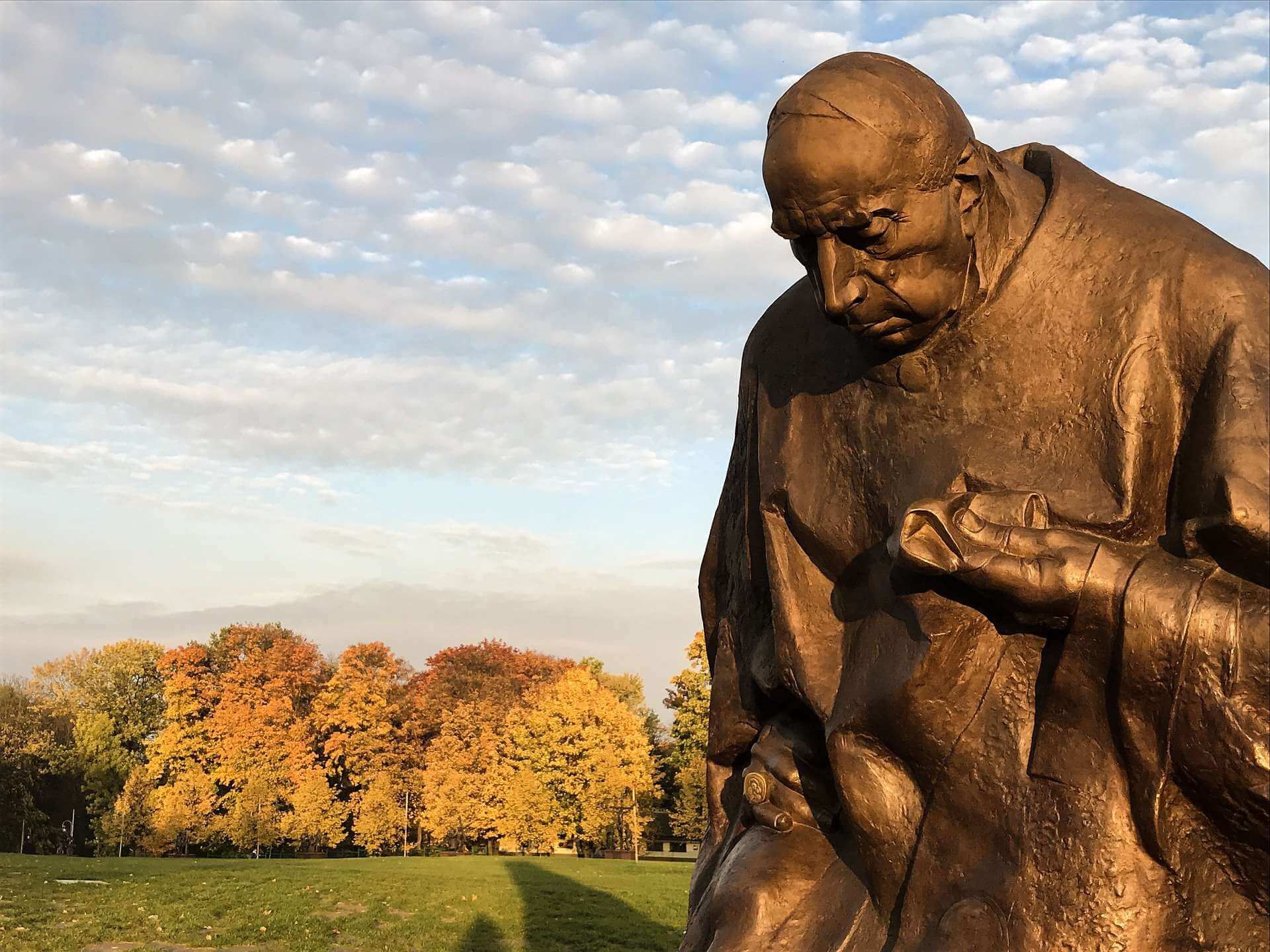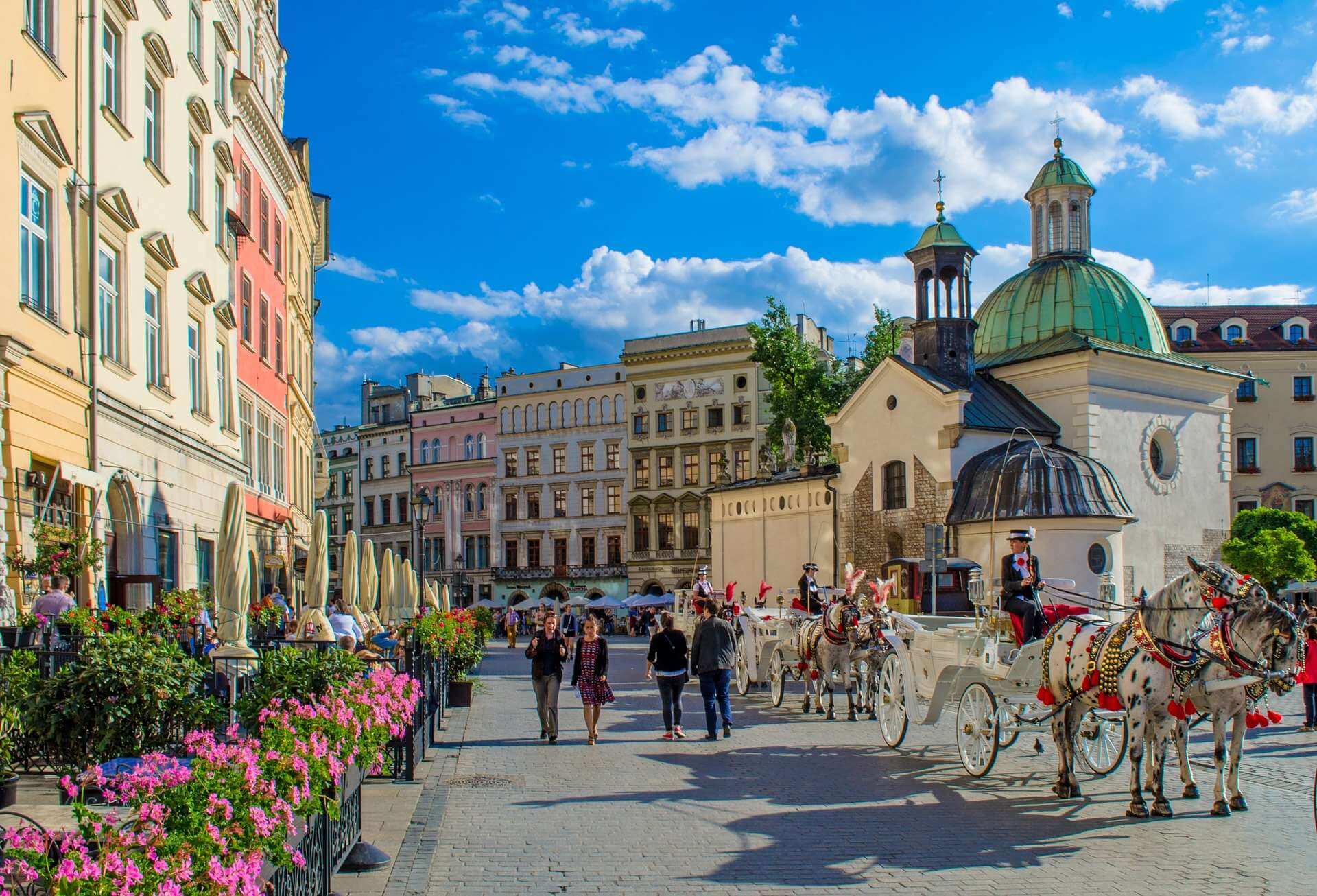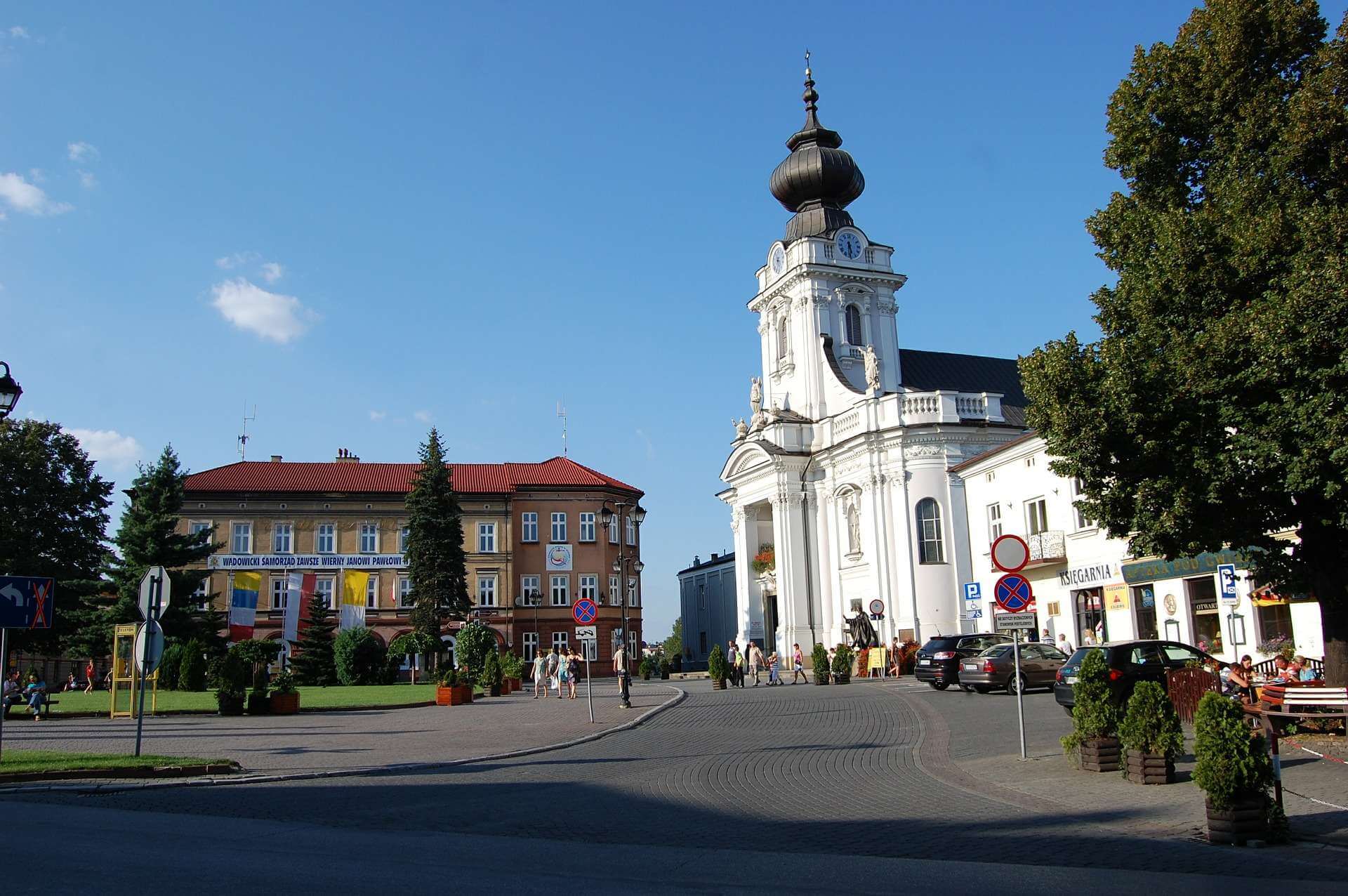A Polish Catholic Pilgrimage
Follow the steps of Pope John Paul II in Poland
Join a Catholic Pilgrimage following the steps of Pope John Paul II through Warsaw, Krakow, Wadowice, his birthplace, and other important places of faith such as the famous Black Madona in Czestochowa.
-
Destination
-
Departure
Warsaw, Poland / Krakow, Poland -
Included
Our Deluxe MotorcoachesOur Experienced Tour DirectorOur Expert GuidesOur Unsurpassed Service
1
Day 1: USA to Warsaw
Board a transatlantic flight bound for Poland. Dinner served on board.
2
Day 2: Arrival Warsaw
Your tour director is at the airport to warmly greet you and soon you’re comfortably settled at your hotel. Upon arrival Mass at St. James Church, the church St. Faustina went when she arrived in Warsaw. The rest of the day is to relax. This evening enjoy welcome dinner and a show at a local restaurant.
3
Day 3: Tour Warsaw
After breakfast see all the landmarks of Warsaw: Old Town, Market Square, the Barbican, the Warsaw Ghetto monument, Lazienki Park, the Chopin statue, and the magnificently restored Royal Castle. Mass at 3-9 Zytnia Street where Faustina entered the convent. Dinner and overnight.
4
Day 4: Warsaw to Czestochowa via Swinice Warckie and Niepokalanow
After breakfast, travel to Czestochowa, with a stop in Swinice Warckie to see the parish church St. Casimir where St. Faustina was baptized Helen Kowalska. Continue to Niepokalanow, see a franciscan Monastery founded by St. Maximillian Kolbe and home of Basilica of Virgin Mary. Next stop is the site of Poland’s greatest pilgrimage shrine, Our Lady of Czestochowa. Dinner and overnight.
5
Day 5: Czestochowa to Zakopane via Wadowice
This morning you will have Mass and See Jasna Gora Monastery with the Black Madonna picture. One of the most important places of religious worship in the Christian world, with tradition of pilgrimages that goes back to the 14th century. Our Holy Father has frequently visited Jasna Gorna Monastery, known as the Shrine of the Black Madonna. The group will celebrate Mass at the Pauline Monastery and venerate the priceless treasures contained within, including the Miraculous Icon. Next travel to Zakopane, with a stop along the way in Wadowice, the birthplace of Karol Wojtyla. See the house where the Pope, John Paul II, was born. It has since been turned into a shrine-like museum. You will also see the church he was attended and was baptized as a child. Next continue on to Zakopane, a resort village nestled in the splendor of the Tatras region. This afternoon we take a cable car ride to the nearby mountaintop for extraordinary views. Dinner and overnight.
6
Day 6: Zakopane to Krakow
Before leaving the beautiful Zakopane, for the great city of Krakow, you will follow a short distance on one of John Paul II’s walking trails of the Zakopane region, a beautifully situated place within Tatras Mountains in the valley between Gubalowka and Giewont. Zakopane and its vicinity is something of a mountain folklore reserve, with many pearls of typical wooden architecture. Horse-drawn carriages will take you to Kalatowki (optional). Admire picturesque landscapes of Polish highest mountains and see the Hermitage of St. Brother Albert, founder of the Albertines Order. A short walk along colorful Krupowki Street for some last minute shopping in the local bazaar. On route to Krakow there will be a stop at the Tieliczka Salt Mines. Upon arrival in Krakow, settled in, then perhaps a short stroll in the old city before or after your dinner.
7
Day 7: Tour Krakow and Auschwitz concentration camp
After breakfast explore Market Square and hear the silver trumpet of the bugler from St Mary’s Tower. Within the Cathedral you may pray before the extraordinary Wit Stwosz altar. The surroundings of the square have remained unchanged for almost 700 years and contain buildings of historic value such as St. Mary’s Church with the famous wooden altar, the Town Hall Tower, the Cloth Hall and the burgher’s houses. Tour the Cathedral, Coronation Chapel and the Royal Chambers where a superb collection of Arras tapestries is on view. In the afternoon you will see Auschwitz, the notorious Nazi concentration camp. You will see the cell that imprisoned St. Maximillian Kolbe and the Martyrdom Museum recalling the horrors of the Holocaust. Return to Krakow for dinner and overnight.
8
Day 8: Full Day Tour Lagiewniki
After breakfast explore Market Square and hear the silver trumpet of the bugler from St Mary’s Tower. Within the Cathedral you may pray before the extraordinary Wit Stwosz altar. The surroundings of the square have remained unchanged for almost 700 years and contain buildings of historic value such as St. Mary’s Church with the famous wooden altar, the Town Hall Tower, the Cloth Hall and the burgher’s houses. Tour the Cathedral, Coronation Chapel and the Royal Chambers where a superb collection of Arras tapestries is on view. In the afternoon you will see Auschwitz, the notorious Nazi concentration camp. You will see the cell that imprisoned St. Maximillian Kolbe and the Martyrdom Museum recalling the horrors of the Holocaust. Return to Krakow for dinner and overnight.
9
Day 9: Departure
Tour Location



